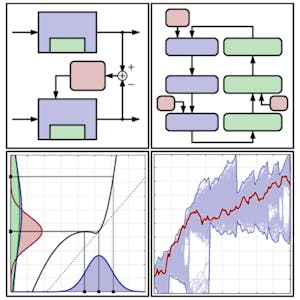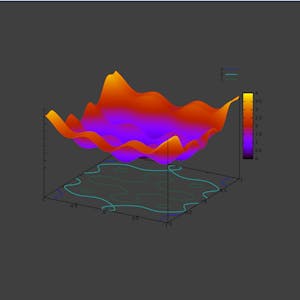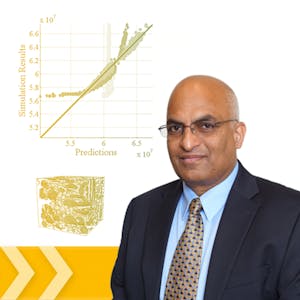Image and Video Processing: From Mars to Hollywood with a Stop at the Hospital
About this Course
In this course, you will learn the science behind how digital images and video are made, altered, stored, and used. We will look at the vast world of digital imaging, from how computers and digital cameras form images to how digital special effects are used in Hollywood movies to how the Mars Rover was able to send photographs across millions of miles of space. The course starts by looking at how the human visual system works and then teaches you about the engineering, mathematics, and computer science that makes digital images work. You will learn the basic algorithms used for adjusting images, explore JPEG and MPEG standards for encoding and compressing video images, and go on to learn about image segmentation, noise removal and filtering. Finally, we will end with image processing techniques used in medicine. This course consists of 7 basic modules and 2 bonus (non-graded) modules. There are optional MATLAB exercises; learners will have access to MATLAB Online for the course duration. Each module is independent, so you can follow your interests.Created by: Duke University
Related Online Courses
Master the art of collaboration with Microsoft Teams, the ultimate tool for modern workplace communication. This course equips you with the skills to evaluate, plan, deploy, and manage Teams for... more
In this specialization, you will learn how to derive, design, and implement Kalman-filter solutions to common engineering problems. You will be able to develop linear and nonlinear Kalman filters... more
This is a self-paced lab that takes place in the Google Cloud console.Created by: Google Cloud more
Hello everyone and welcome to this new hands-on project on Machine Learning hyperparameters optimization. In this project, we will optimize machine learning regression models parameters using... more
This course aims to provide a succinct overview of the emerging discipline of Materials Informatics at the intersection of materials science, computational science, and information science.... more








